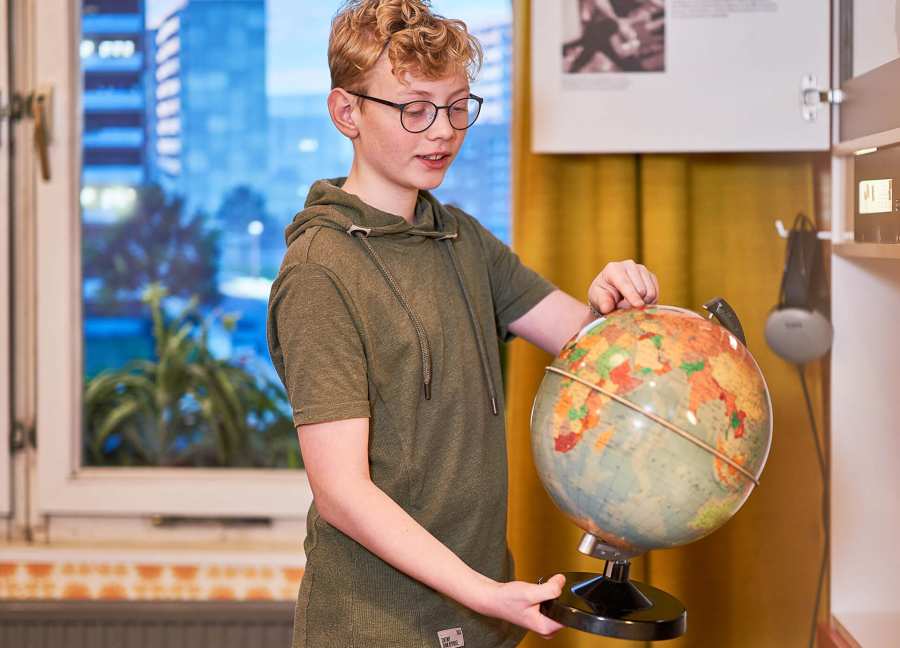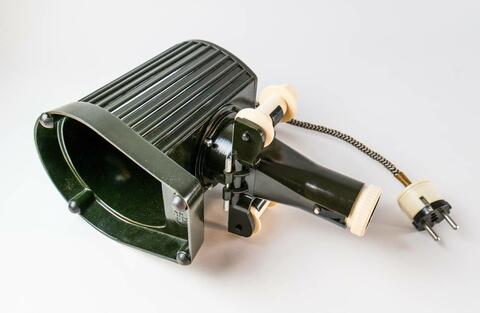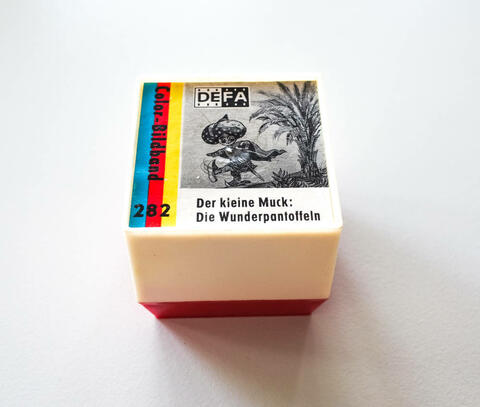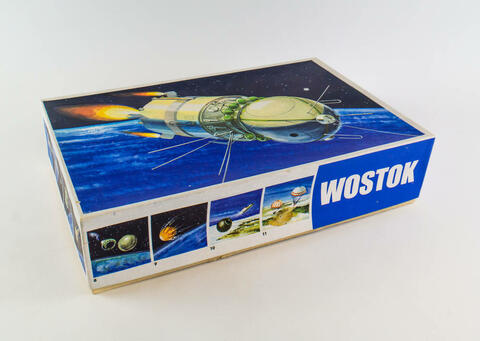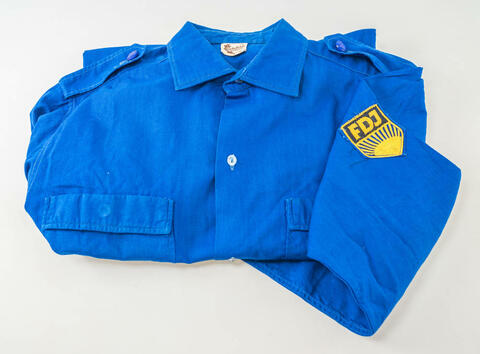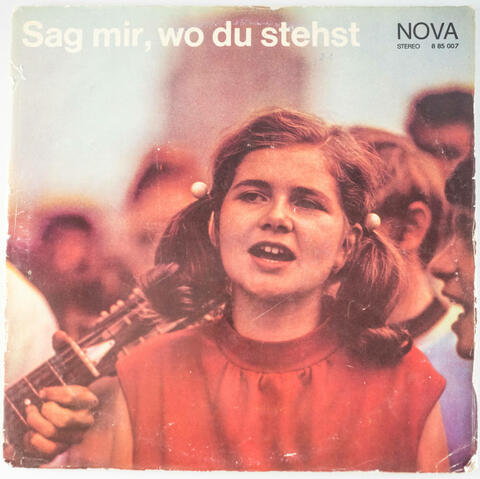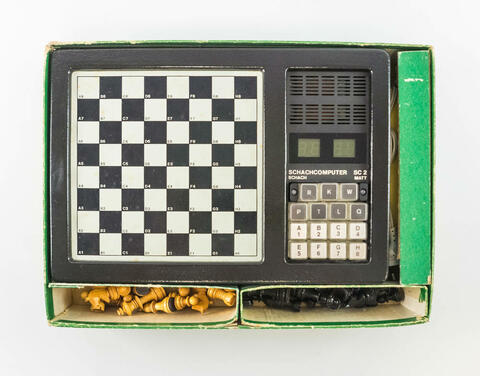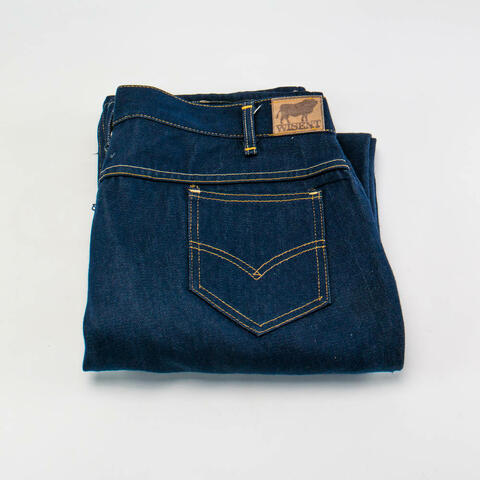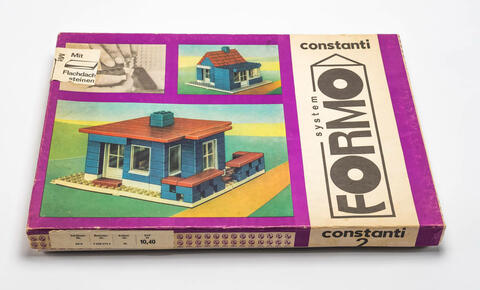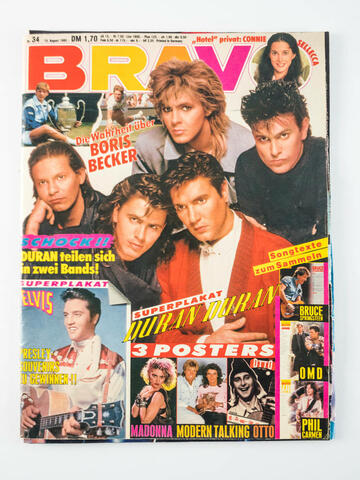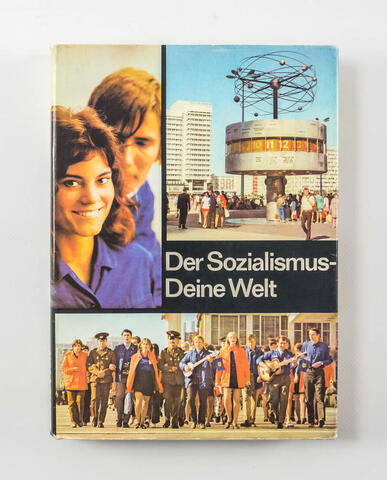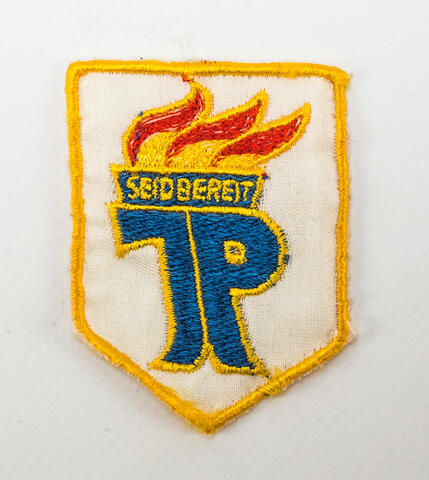From the museum
The children's room in the DDR Museum
Whoever enters the children’s room should feel like they have been transported back to the 80s in the GDR. At first it seems like a normal room unoccupied by its owners, perhaps because they’re busy playing outside. There is a poster on the wall, there are stickers of football icons on the bed, and the blankets and pillows have not been arranged properly.
As in the entire exhibition of the DDR Museum, guests are invited to explore the texts, objects and installations hidden in cupboards and drawers to learn more about the GDR. In the museum’s different thematic areas, the contrasting issues of children and adolescents in the GDR are presented. From an early age, the state reached for the »hearts and brains« of its youngest citizens - yes, this phrase was actually used. They were to be nurtured and cared for like plants in a plantation, so that one day they would grow big and strong and bear abundant fruit. This gardener’s ideology naturally included the requirement to weed the weeds as well.
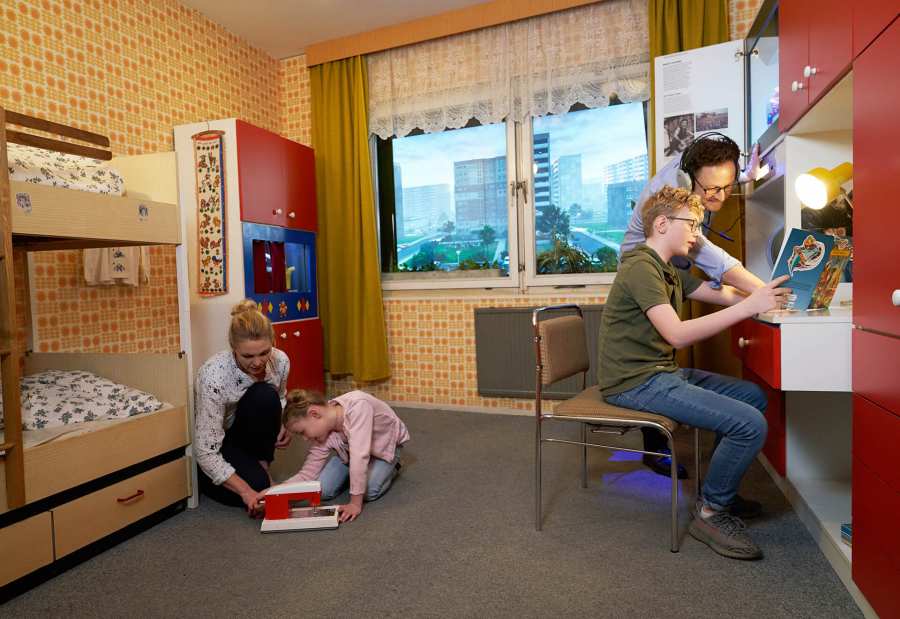
Growing up in the GDR
Yet the ideals conveyed by the state were not automatically wrong. International friendship and peace were constantly propagated in songs, school books or children’s magazines. The dove of peace - a biblical symbol - was present to a far greater extent than socialist symbolism in its narrower sense. General human virtues such as diligence, honesty or respect for one’s parents can also be found in the Young Pioneer’s commandments, as well as in the pledge for youth dedication.
At some point there was a clash between ideal and reality. Then it became a case of »tell me where you stand!«, as the well-known song by Harmut König goes. Adaptation or defiance, hypocrisy or honesty, consecration or confirmation, joining the FDJ or renouncing going to extended secondary school and, thus, completing your A-Levels. Visitors can learn about this by looking at the contents of the drawers in the cupboard wall. Of course, life in the GDR was more complicated than can be portrayed in an exhibition. Even in childhood, participation in society was shaped by compromises or moments of prudent caution. So the interactive installations are not one-sidedly aimed at helping to understand the past, but are also intended to encourage today’s young people to think about freedom, democracy and dictatorship.
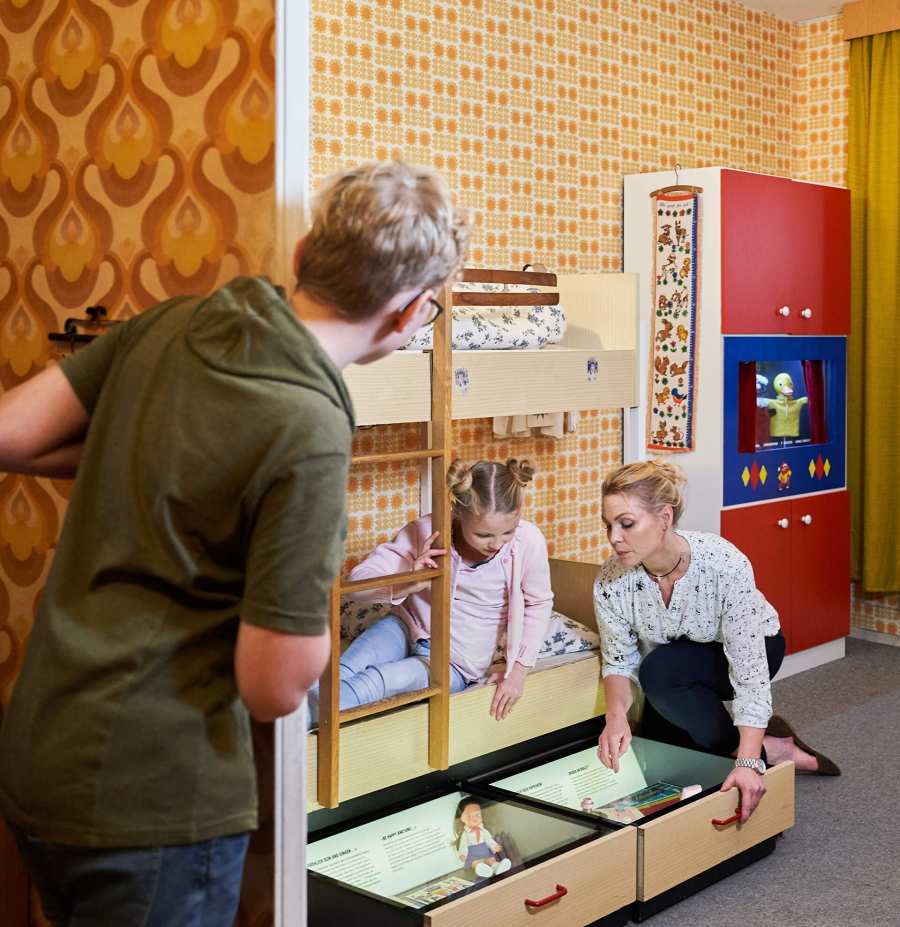
Countless original items for children and teenagers
Toys automatically come to mind when one thinks of a children’s room, which can also be found in our recreation, of course. For example, there is the famous slide projector »Pouva Magica« together with the roll film »Little Muck«. We also have a puppet theatre with many figures from children’s television in the GDR and numerous children’s books.
One of the highlights is the »SC2« chess computer developed by VEB Mikroelektronik Erfurt. The manufacturers tried to keep the development and production costs for this device as low as possible. For this purpose, and in contrast to higher-quality models, the computer was equipped with a case made of polyurethane.
Probably the most elaborate object in this room is the assembled model of the »Vostok 1« spaceship. Since Sigmund Jähn was the first German to fly to space, there was great enthusiasm for the cosmonaut and space travel in the GDR. The model was specially assembled from an original model kit from 1982, which is very hard to find nowadays. Back then, the kit from VEB Plasticart Zschopau cost a fair 13,50 marks, but today’s collector prices for a pristone model would surely be much higher than this.
In addition to the futuristic spaceship model, there is also a selection of toys with pedagogical appeal in the children’s room. Along with optics and chemistry kits, the »FORMO« building block system can be found in a drawer under the bed. The plastic building blocks originating from Gotha were the counterpart to the Danish and now widespread »LEGO« building blocks.
Whilst the children’s room houses a number of typical toys from East Germany, we have some more »exotic« items as well. These include a poster of Modern Talking from the West German magazine »BRAVO« or a diorama showing Bruce Springsteen’s performance in Berlin Weissensee on 19 July 1988. Hundreds of thousands of rock fans from all over the GDR travelled to this concert, which is considered legendary today.
Along with these carefully selected toys, there are numerous statistics and accompanying explanations in this exhibition room.
Digital installations in the children's room
Even the children’s room is equipped with the unique digital installations that the DDR Museum is so famous for. An 84-inch screen shows a 4K-resolution simulation of a prefabricated building landscape. This virtual view from the »window« shows a world reconstructed on the model of Dresden’s and Berlin’s new building districts both during the day and at night. It begins raining or storming every now and again, Trabants drive by and some people can be seen taking a walk. This world seamlessly follows the one already shown in the Trabant driving simulation at the beginning of the permanent exhibition. More digital windows can be found in the bedroom, living room and kindergarten room.
In our »Youth Game«, visitors have to make typical decisions as if they were a young person living in the GDR: Confirmation or initiation, army or construction soldier? In another application, you can also flick through old GDR children’s books.
So, in the children’s room you can not only reminisce, but also learn about and question the structures and opportunities of young people in the GDR and discover many objects from this period. Today’s young people can compare their own lives to those of youth in the GDR and are encouraged to reflect on their own circumstances.
